While urban areas have moved towards 5G technology, many remote areas have fragmented terrain, many mountains, and villages are far apart, so they face many difficulties and challenges in Internet transmission. Signals are still intermittent or completely disconnected.
In particular, Vietnam is a country that often experiences natural disasters, storms and floods, causing damage to infrastructure.
That's why Starlink - a low-orbit satellite internet system - could be the bridge to bridge this gap.
Traditional infrastructure and challenges from practice
Pulling fiber optic cables or setting up mobile BTS stations in mountainous, border and island areas to broadcast the Internet is often very expensive, difficult to maintain and has low economic efficiency. Our country currently has many communes that are particularly difficult in terms of telecommunications.
Some island districts such as Con Co, Bach Long Vi, Truong Sa depend entirely on traditional satellites or unstable submarine cables; Many highland villages in Ha Giang, Son La, Lai Chau do not yet have 4G waves...

Starlink's maximum Internet speed when downloading ranges from 25Mb/s to 220Mb/s and when uploading ranges from 5Mb/s to 20Mb/s (Illustration: Tech Science).
According to statistics as of February from the Vietnam Internet Center, the two largest cities in Vietnam, Hanoi and Ho Chi Minh City, are not the areas with the highest average Internet speed in the country.
Instead, Bac Kan is the province with the fastest average fixed Internet speed in the country, with an average download speed of 238.81 Mb/s and an average upload speed of 175.56 Mb/s.
Ranked 2nd and 3rd respectively are Ha Nam (average download/upload speed of 227.52 Mb/s and 183.62 Mb/s) and Quang Tri (average download/upload speed of 225.36 Mb/s and 167.47 Mb/s).
The average fixed Internet speed in Hanoi is only 139.71 Mb/s for download and 107.92 Mb/s for upload, higher than the average download/upload speed of the whole country. In Ho Chi Minh City, the average download and upload speed is 140.78 Mb/s and 113.73 Mb/s.
Over the years, although Vietnam's Internet infrastructure has witnessed significant growth, there are still many limitations, such as 3 out of 6 submarine cables in operation are more than 10 years old.
Notably, the SMW3 cable connecting Southeast Asia, the Middle East and Western Europe is about to end its operational life after more than two decades.
While many network operators in Vietnam such as VNPT and Viettel are in the process of turning off 2G to promote the development and commercialization of 5G, the very old 2G technology must still be maintained in some specific areas such as islands, DK platforms...
This shows that we still face challenges in maintaining consistent high-quality Internet across the country.
According to a report by the Ministry of Agriculture and Environment (formerly the Ministry of Natural Resources and Environment), 2024 will witness an increase in both the frequency and severity of natural disasters, leading to many casualties and major property damage. This will also increase the risk to Vietnam's traditional Internet infrastructure.
These pose the problem that Vietnam needs strong and synchronized Internet technology to be able to connect comprehensively even when natural disasters occur.
SpaceX has expressed interest in entering the Vietnamese market in recent years.
On September 25, 2024, SpaceX Senior Vice President Tim Hughes said that the corporation plans to invest 1.5 billion USD in Vietnam in the near future, during a meeting with General Secretary and President To Lam in New York (USA).
Mr. Hughes revealed that SpaceX launched satellite Internet projects 5 years ago and currently has more than 6,000 satellites in low orbit, which can provide Starlink Internet service almost anywhere on earth.
Starlink is a project that uses satellites launched into orbit to provide global Internet coverage.
General Secretary To Lam highly appreciated SpaceX's investment proposal in Vietnam and expressed his hope that this would be a favorable first step to further promote cooperation between the two sides. The General Secretary emphasized that Vietnam identifies digital transformation as one of the important driving forces to bring the country into a new era.
SpaceX's proposal also shows Vietnam's growing importance in Southeast Asia, not only as a potential market for satellite internet, but also as a place with a tech-savvy population and a thriving digital economy.
Expanding this perspective will support the Vietnamese government in achieving its goals of global Internet access and digital transformation.
Opportunity to connect remote areas
Complex terrain and unpredictable weather exposed the limitations of traditional Internet methods in maintaining connectivity in affected areas.
For example, the historic Typhoon Yagi in 2024 caused widespread disruption of internet and phone lines. People were left "out of touch", unable to update information about the storm and flood situation, or call for help when needed.
The story of Typhoon Yagi reflects the reality of Internet infrastructure shortages during natural disasters; emphasizing the importance of a stable Internet network.
This situation raises the need for a new solution to ensure the continuity of telecommunications systems for both inland and coastal areas.
Therefore, the demand for satellite Internet as an alternative telecommunications solution to enhance connectivity between the mainland and remote areas of Vietnam is increasing, especially during extreme weather events.
According to Decision 659 dated March 23 of the Prime Minister, billionaire Elon Musk's Space Exploration Technologies (SpaceX) corporation has been granted a controlled pilot license to deploy Starlink satellite Internet service in Vietnam.

Satellite Internet can provide connectivity even while at sea (Illustration: Techspace).
Accordingly, SpaceX will pilot a controlled investment in telecommunications network services using low-orbit satellite technology in Vietnam, but still adhere to the principles of ensuring national defense and security.
With the expansion of space technology into many new areas, satellite network technology offers the advantage of providing Internet access to remote and underserved areas, thus improving access to education through online courses and enhancing healthcare through telemedicine.
Furthermore, satellite systems can enhance connectivity during disasters, improving response and management capabilities.
Another benefit is that satellites connect remote areas to the global economy, promoting the growth of e-commerce and the Internet economy, creating new business opportunities and attracting investment to these locations.
For example, if Starlink were to be commercialized in Vietnam, it could save the country the cost of building its own system while still providing immediate access to Internet services.
Source: https://dantri.com.vn/cong-nghe/starlink-giai-bai-toan-ket-noi-cho-viet-nam-tu-khong-gian-20250326122553360.htm



![[Photo] Unique Ao Dai Parade forming a map of Vietnam with more than 1,000 women participating](https://vstatic.vietnam.vn/vietnam/resource/IMAGE/2025/3/29/fbd695fa9d5f43b89800439215ad7c69)
![[Photo] Prime Minister Pham Minh Chinh and Brazilian President Luiz Inácio Lula da Silva attend the Vietnam-Brazil Economic Forum](https://vstatic.vietnam.vn/vietnam/resource/IMAGE/2025/3/29/f3fd11b0421949878011a8f5da318635)

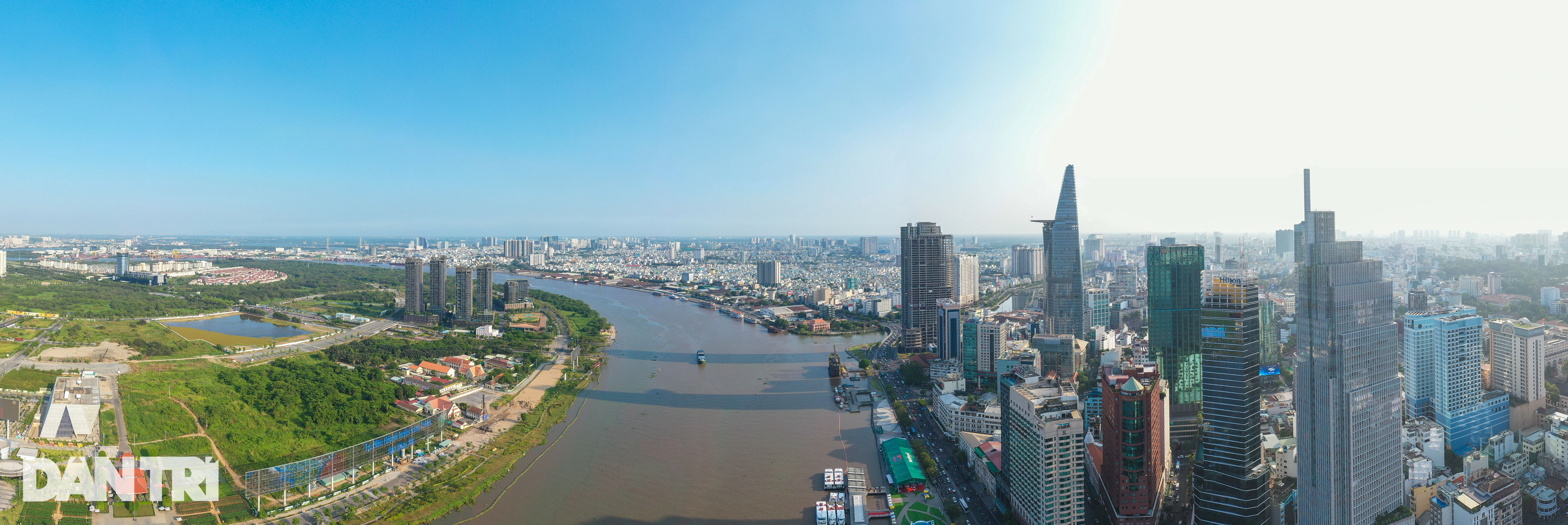
![[Photo] Brazilian President visits Vietnam Military History Museum](https://vstatic.vietnam.vn/vietnam/resource/IMAGE/2025/3/29/723eb19195014084bcdfa365be166928)
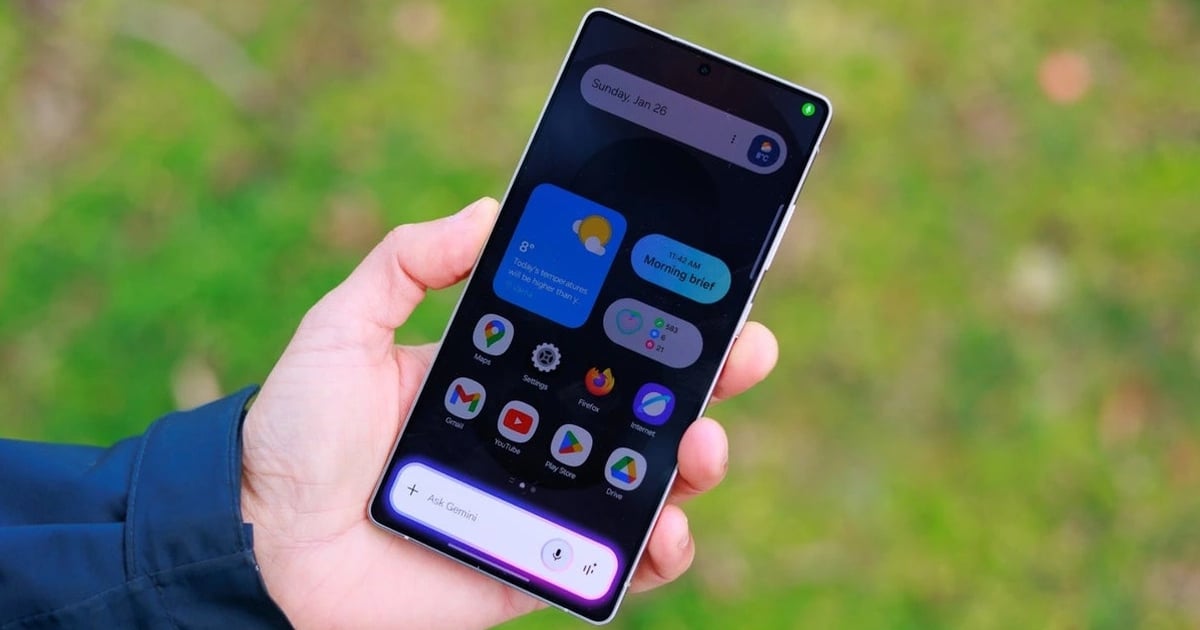


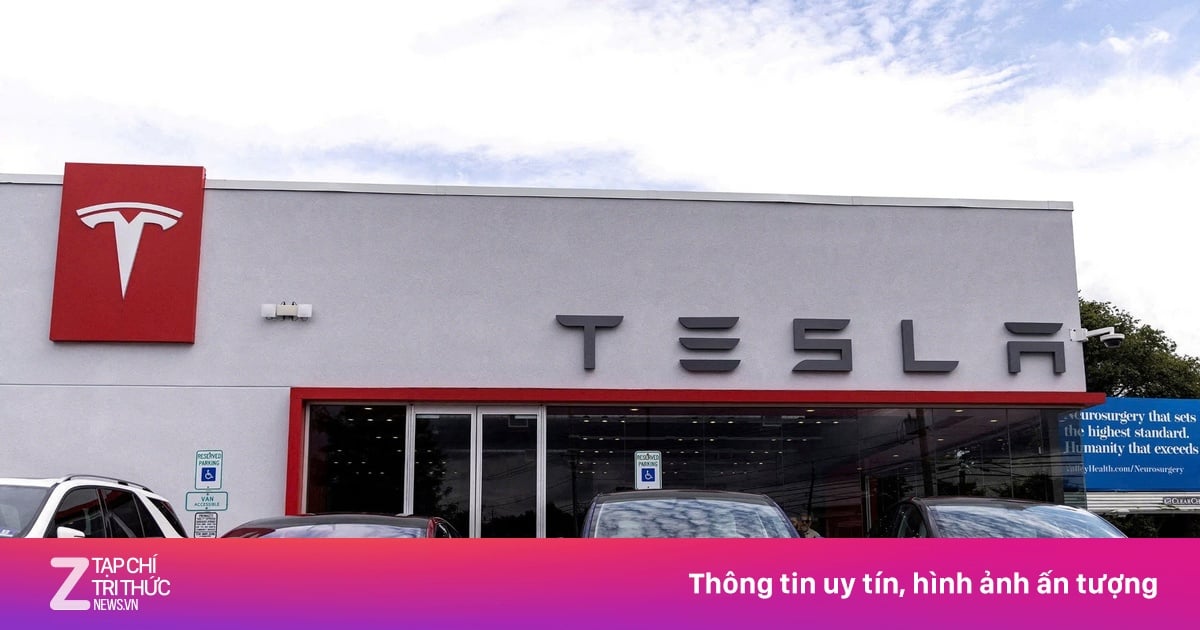

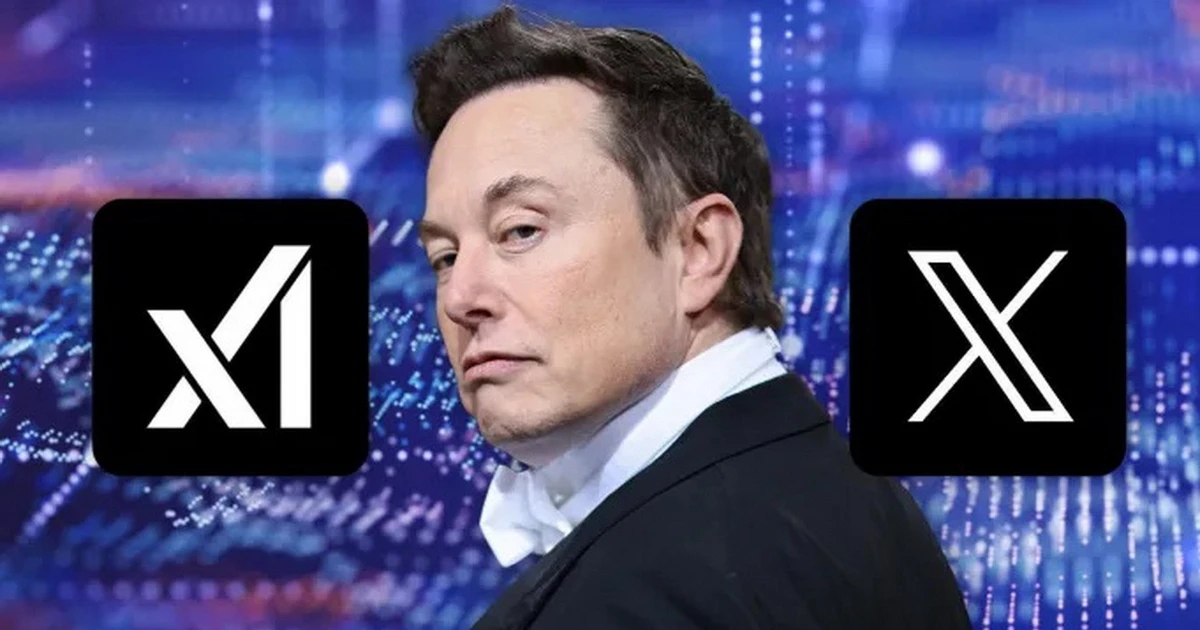




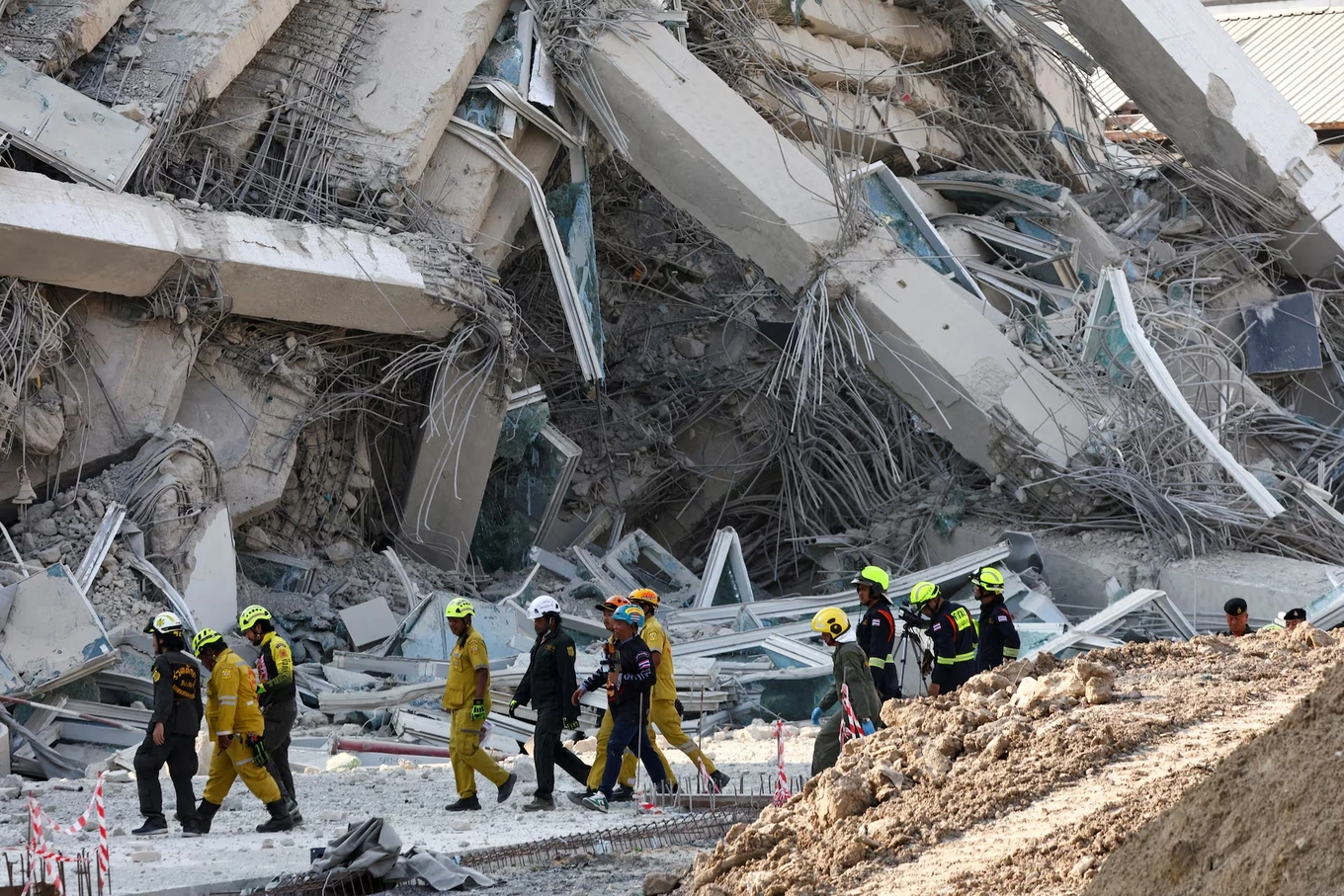

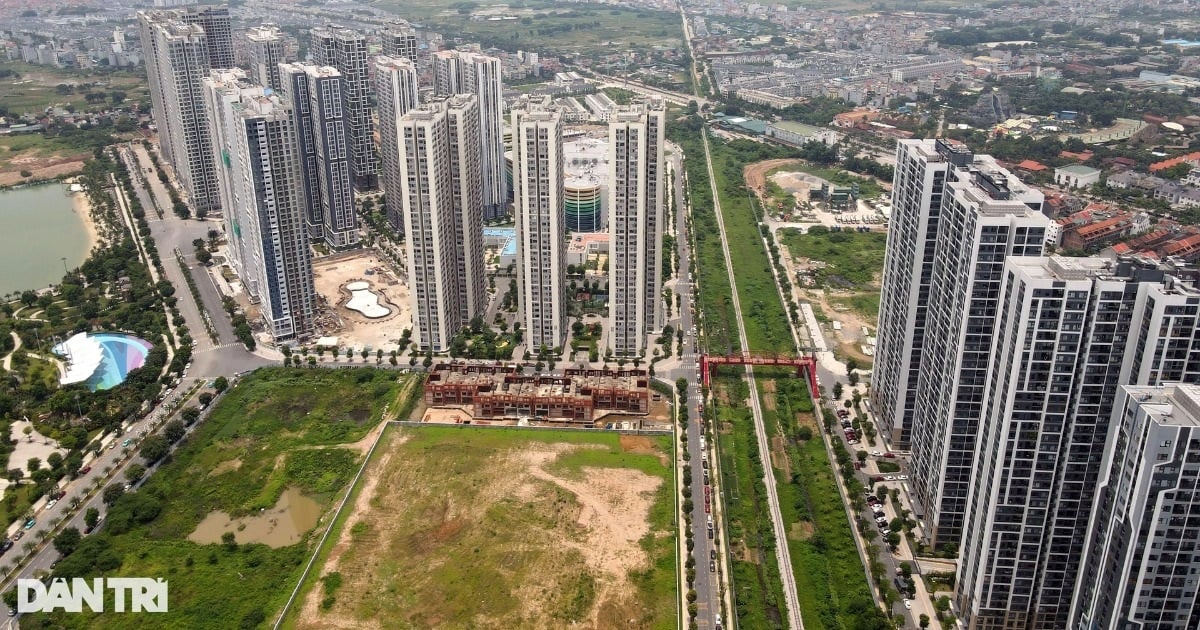






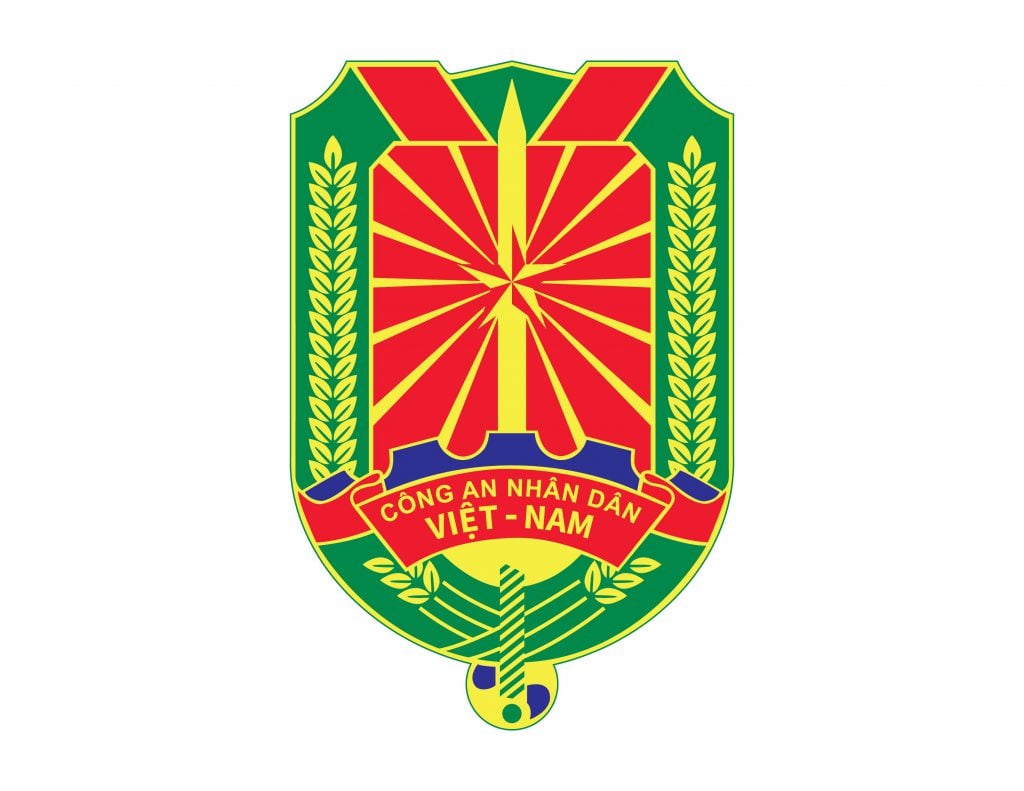










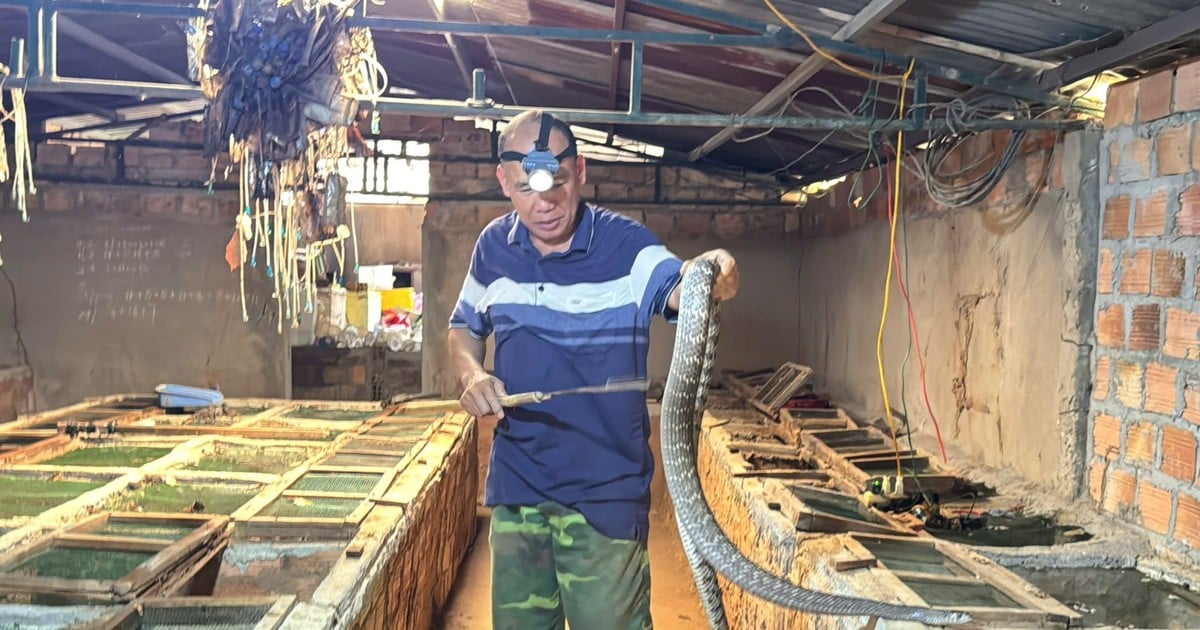



















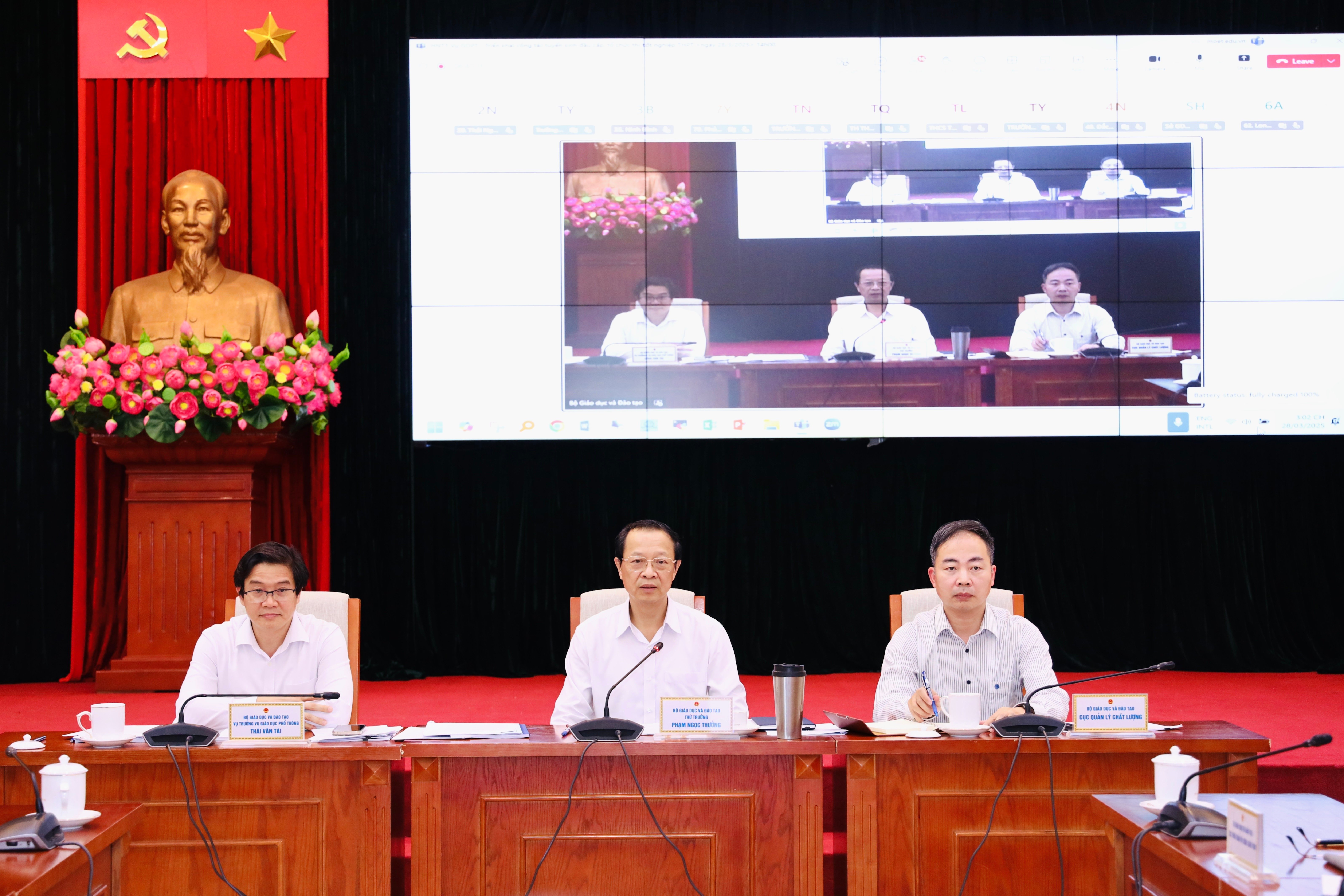
























Comment (0)